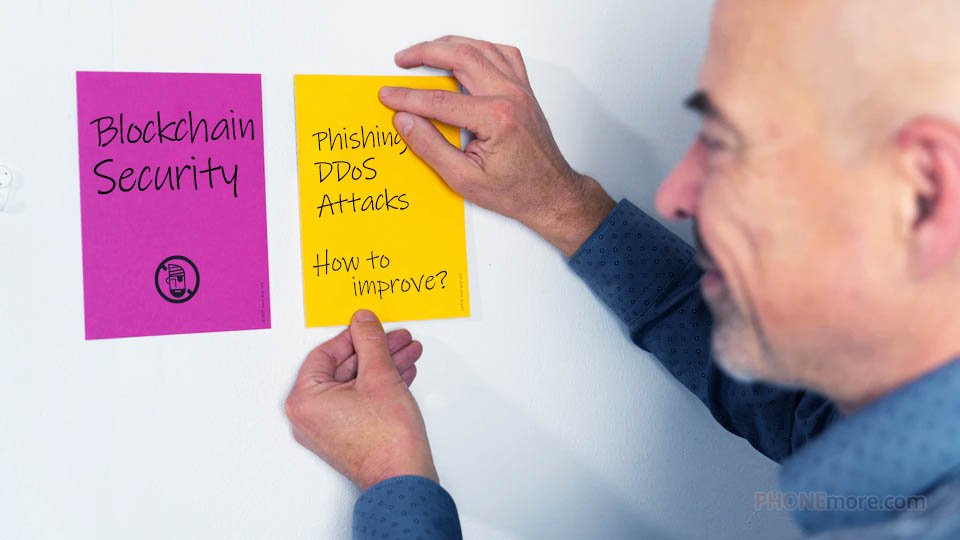
Blockchain security has become a major topic in the recent years, with many individuals interested in the technology's potential. In this post, we'll look at some of the most frequent blockchain dangers and downsides connected to its security.
Phishing attacks
In the crypto sector, phishing attacks are getting increasingly widespread. Hackers can steal money, make illicit transactions, and steal people's identities. Furthermore, hackers can utilize social engineering to learn more about you.
Attackers utilize bogus websites to obtain personal information in a phishing attack. They then obtain access to your account by using your login information. The attacker claims to be a representative of a reputable organization or a even your friend. If you have a wallet or an account with a cryptocurrency exchange, you should be wary of these frauds. You may also use an anti-phishing program to secure your personal information.
DDoS attacks
A blockchain has no single point of failure. Even if a node in the network fails, the blockchain may still function. As a result, successful DDoS attacks may bring down the entire network rather than just one system.
The most severe threat to blockchains is transaction flooding. Thousands of spam transactions are sent to the program as a result of these attacks. Blocks are the foundation of blockchains. Each block may only contain a certain number of transactions. When hundreds of spam transactions are started, legitimate transactions are filtered from the current block and saved in memory until the network is stabilised.
As a result of transaction flooding, all genuine transactions are stored in memory. They cannot be confirmed if they are not included in blocks, and the transaction fails. This lead to users waiting for their transactions to go through for several hours - if not days.
Majority (51%) consensus attacks
A 51% consensus assault is essentially a denial-of-service (DOS) attack on the network itself. It disables remaining nodes, preventing service to the network and potentially impacting the price of the underlying coin. The subsequent interruption might be disastrous for the underlying coin and its network.
As one might expect, the most expensive approach to hack a blockchain is with a 51% assault. To force a fork in the chain, billions of dollars in mining power are required. A Proof of Stake (PoS) mechanism can be used to mitigate a 51% assault. To validate transactions on a PoS network, nodes must stake native tokens insted of mining them, which reduces the chances of taking over the network.
Enhancing security
Smart contract audits, research, thousands of tests and bug bounties, and so on are all approaches to improve blockchain security. At the current level of blockchain development, users should prioritize their personal security by safeguarding private keys and keeping an eye out for phishing or ransomware assaults or scam efforts. Another thing to keep an eye on is the security practices of the crypto projects that individuals use - whether they have been exploited in the past or not, whether they have undergone audits, or whether they use risk management systems like Apostro to protect against economic blockchain security and technical exploits.
 Sony Xperia M2
Sony Xperia M2  Micromax Canvas Juice 2
Micromax Canvas Juice 2  Realme GT 5G
Realme GT 5G  Samsung Galaxy J6+
Samsung Galaxy J6+  Apple iPhone 17 Pro
Apple iPhone 17 Pro  Samsung Galaxy Z Fold 7
Samsung Galaxy Z Fold 7 

